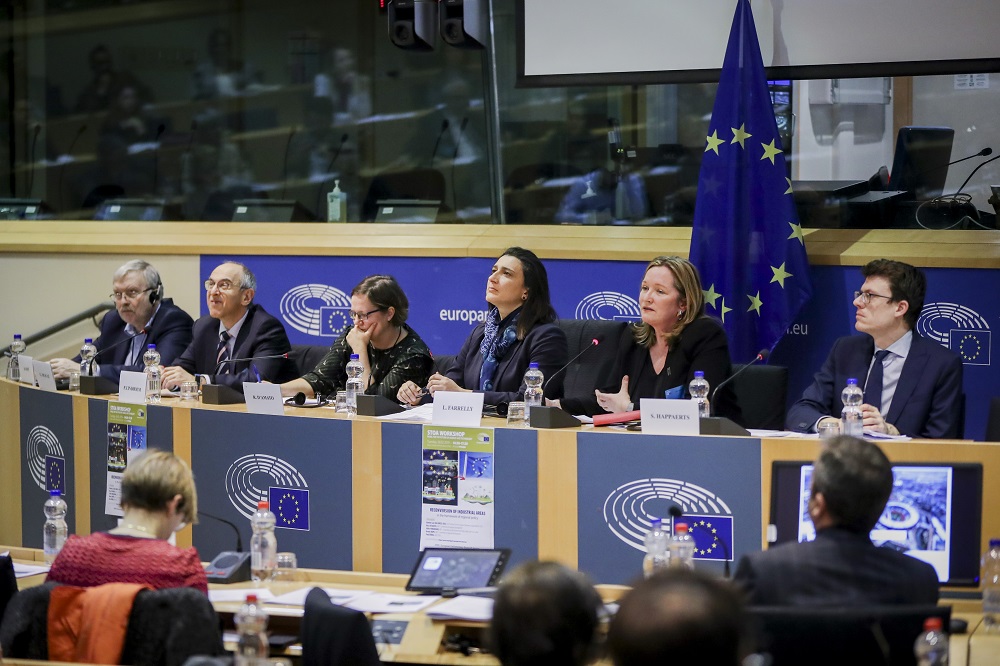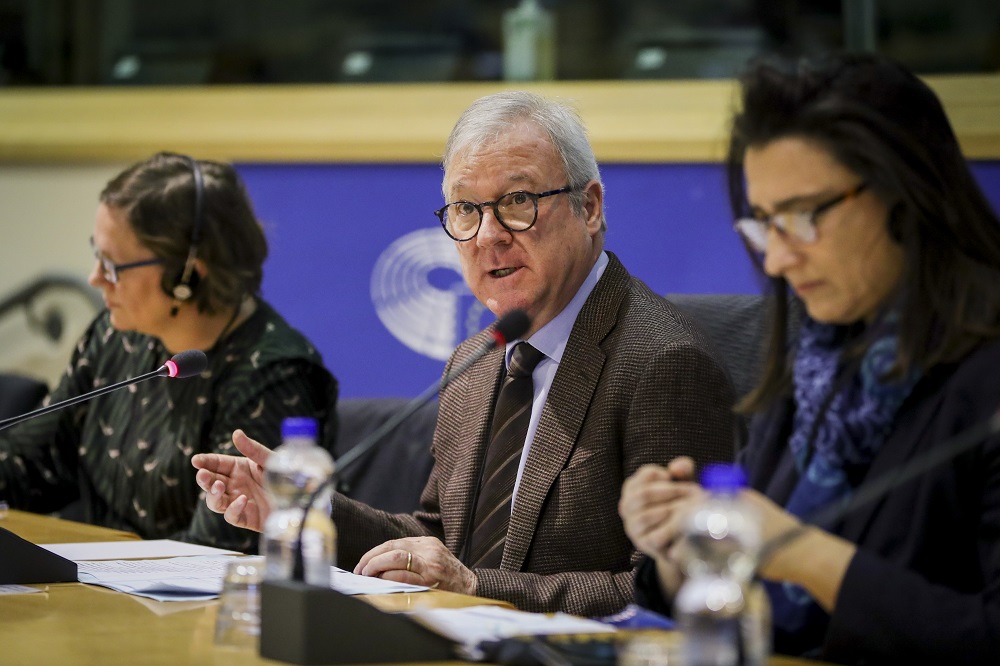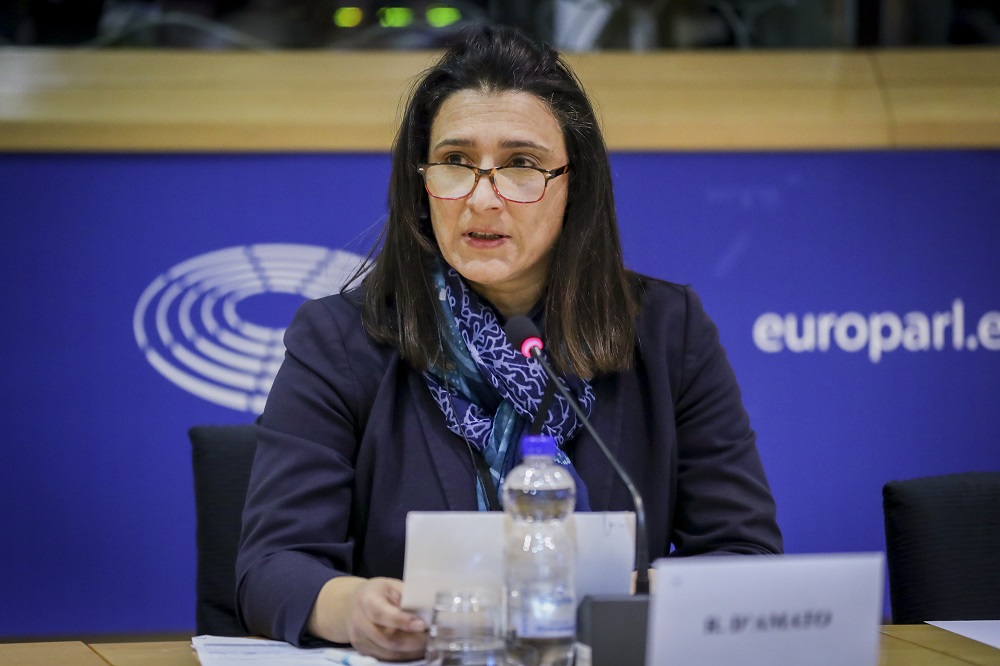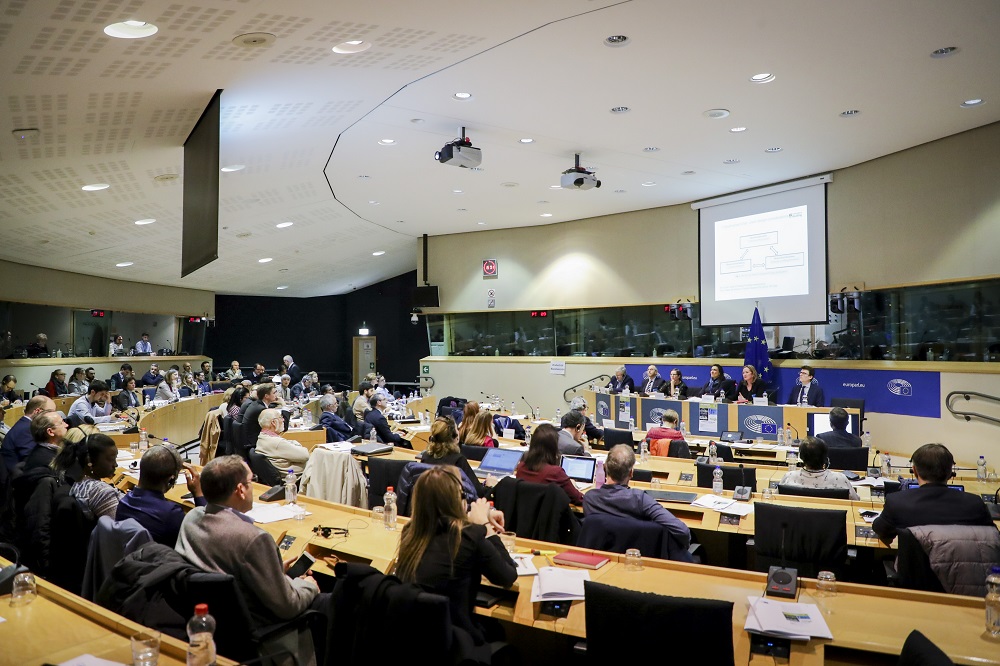Written by Silvia Polidori,
 An ecological and social approach to converting old-style industries in urban areas may well contribute to a new eco and social friendly development path for the European Union. This prospect was a prominent conclusion of the workshop on ‘Reconversion of industrial areas in the framework of regional policy‘, organised by the Panel for the Future of Science and Technology (STOA) on 26 February 2019 at the European Parliament (EP), and proposed by Rosa D’Amato (EFDD, Italy), member of the EP Committee on Regional Development (REGI). Fifteen experts from twelve EU Member States, including five Members of the European Parliament (MEPs), representatives of other European institutions, universities and local authorities, attended to discuss the topic from various angles, highlighting the challenges and proposing solutions based on policy strategies, legislative proposals and specific case studies.
An ecological and social approach to converting old-style industries in urban areas may well contribute to a new eco and social friendly development path for the European Union. This prospect was a prominent conclusion of the workshop on ‘Reconversion of industrial areas in the framework of regional policy‘, organised by the Panel for the Future of Science and Technology (STOA) on 26 February 2019 at the European Parliament (EP), and proposed by Rosa D’Amato (EFDD, Italy), member of the EP Committee on Regional Development (REGI). Fifteen experts from twelve EU Member States, including five Members of the European Parliament (MEPs), representatives of other European institutions, universities and local authorities, attended to discuss the topic from various angles, highlighting the challenges and proposing solutions based on policy strategies, legislative proposals and specific case studies.
As explained in his welcome to the audience, Ramón Luis Valcárcel Siso (EPP, Spain), EP Vice-President responsible for STOA, highlighted that the impact of new technologies and the circular economy links to wider aspects of European development. In the 1950s, the coal and steel industry became the symbol of cooperation among those European countries that decided to pool their coal and steel resources. This served to guarantee peace among European peoples, and those industries represented a step towards European integration. Today, he argued, we need to change perspective and move on to a new phase of European development, based on industrial conversion towards more sustainable models. The main challenges in triggering industrial conversion are related to developing the architecture of old industrial areas in or close to towns into innovative and ecological zones, offering investment opportunities for small and medium enterprises (SMEs), involving the local population in the decisions affecting their towns, and managing the risks of demographic and employment losses during the process.
Gerald Muscat, Head of the Urban Development Division in the Projects Directorate of the EIB explained that the European Investment Bank (EIB) proposes dedicated partnerships in industrial conversion investment. These involve cities and regions, urban development agencies, urban remediation and regeneration funds, real estate developers and national promotional/municipal banks.
The European Commission also proposes a strategy for supporting industrial reconversion. Embedded in the ‘proposal for a regulation on the European Regional Development Fund (ERDF) and the Cohesion Fund (CF)’, published on 29 May 2018. As Sander Happaerts, Policy analyst in the Directorate-General for Regional and Urban Policy of the European Commission, mentioned, the new EU cohesion policy (2021-2027) is expected to focus on five policy objectives, including a Europe closer to citizens, with the support of locally-led development strategies and sustainable urban development. Industrial modernisation is one of the key investment priorities. There is also a shift towards investments that promote a low-carbon, circular economy, and help in the fight against climate change.
Bronis Ropė (Greens/EFA, Lithuania), member of the REGI Committee, emphasised the positive inputs provided by the report on the European Regional Development Fund and the Cohesion Fund adopted by his committee on 14 February 2019 in the form of amendments to the Commission’s proposal. The REGI Committee confirmed its support for sustainable urban development and smart specialisation, and for a transition to ‘industry 4.0’. In the optimistic view of Gilles Pargneaux (S&D, France), Member of the EP Committee on the Environment, Public Health and Food Safety (ENVI), Europe will win the challenge of industrial conversion, acknowledging that ‘it won’t be easy, but it will succeed’.
This positive approach is supported by specific cases of urban areas with an industrial past, already transformed into attractive locations for their inhabitants and for tourists. Bilbao, for example, has overcome a difficult past, dominated by natural and social turbulence, establishing itself as a liveable and inclusive city. Lille and its Haut-de-France Region well represent the third industrial revolution, privileging environmentally-friendly policies, based on a systemic approach. The Ruhr region, a symbol of the end of coal mining, and its Industrial Heritage Route with the Zollverein Word Heritage site is a tourist attraction reminiscent of, but far from, the heavy-industry historical age. The city of Gdansk, with its various districts, is also a good example of industrial reconversion, revitalising and reorganising social life through development of suitable infrastructures. L’Aquila, capital of the Abruzzo region in Italy, is undergoing a digital transformation, becoming one of the fifteen European Digital Cities and one of the five Italian cities with 5G. After the destruction of the 2009 earthquake, L’Aquila can be described as a living laboratory. The river city of Gothenburg also proposes a citizen-friendly vision for reconstruction of the harbour and industrial area on the riverbanks.
As Rosa D’Amato stressed in her concluding remarks, industrial conversion is already a reality all around Europe, but we need to go further. Paul Rübig (EPP, Austria), STOA First Vice-Chair, believes that the use of technologies can facilitate this transition, but policy-makers need to listen to the people, to ensure the process is smooth and successful. All in all, a lot is at stake for the next generation and for a sustainable society.
* All presentations of the workshop are available on the STOA website.











Be the first to write a comment.